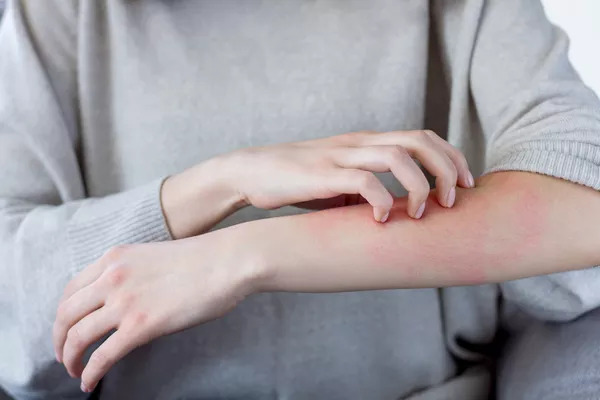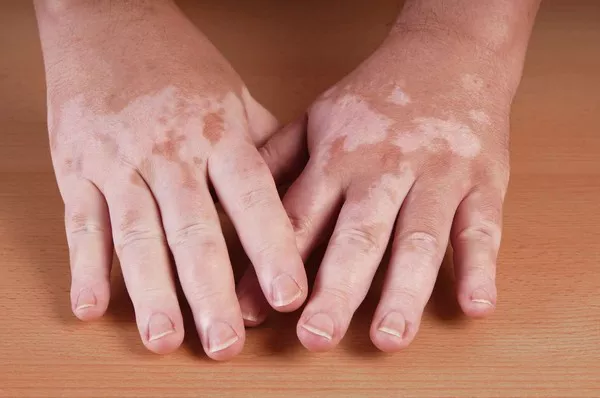Hives, medically known as urticaria, are a common skin condition characterized by red, raised welts or bumps that appear suddenly on the skin. While they can manifest for various reasons, one of the most frustrating aspects of hives is the intense itching they often provoke. This incessant itchiness can not only be uncomfortable but can also significantly impact an individual’s quality of life. Understanding why hives are so itchy requires delving into the intricate mechanisms of the human body’s immune response and its interaction with the skin.
The Immunological Culprit: Mast Cells Unleashed
At the heart of the itchiness associated with hives lies the complex interplay between the immune system and a type of cell known as mast cells. Mast cells are pivotal players in the body’s defense against foreign invaders. When the immune system detects a threat, such as an allergen or an infection, it triggers mast cells to release a cascade of chemicals, including histamine, into the surrounding tissue.
Histamine: The Itch Inducer
Histamine, perhaps the most infamous of these chemicals, is primarily responsible for the characteristic redness, swelling, and itching associated with hives. When released in response to an allergen or other trigger, histamine binds to specific receptors on nearby nerve fibers, activating them and sending signals to the brain that trigger the sensation of itching. This itching sensation is nature’s way of prompting us to scratch the affected area, potentially removing the perceived threat.
Inflammatory Response: Amplifying the Itch
In addition to histamine, other inflammatory mediators released by mast cells contribute to the itchiness of hives. These molecules, including cytokines and leukotrienes, further amplify the immune response and promote the dilation of blood vessels, leading to increased blood flow to the affected area. As a result, the skin becomes more sensitive and prone to itching, exacerbating the discomfort experienced by individuals with hives.
Neurological Pathways: The Itch-Scratch Cycle
The sensation of itching triggers a reflexive response to scratch the affected area, providing temporary relief from discomfort. However, scratching can inadvertently exacerbate the itchiness of hives by further stimulating nerve fibers and releasing additional inflammatory mediators. This sets off a vicious cycle known as the itch-scratch cycle, where scratching begets more itching, leading to further scratching and perpetuating the cycle of discomfort.
Psychological Factors: The Impact of Stress
Beyond the physiological mechanisms underlying the itchiness of hives, psychological factors can also play a significant role in exacerbating symptoms. Stress, anxiety, and other emotional triggers have been shown to worsen the severity of hives and increase the perception of itchiness. This bidirectional relationship between psychological stress and hives can create a feedback loop, where heightened stress levels exacerbate symptoms, leading to increased stress in turn.
Individual Variability: Why Some People Itch More Than Others
It’s important to recognize that the severity of itching experienced with hives can vary widely from person to person. Individual factors, such as skin sensitivity, genetic predisposition, and underlying health conditions, can all influence the intensity of itchiness experienced. Additionally, the specific triggers that cause hives can also impact the severity of symptoms, with some allergens or stimuli provoking more pronounced itching than others.
Management Strategies: Alleviating the Itch
Managing the itchiness associated with hives requires a multifaceted approach aimed at addressing both the underlying cause of the condition and providing symptomatic relief. Antihistamines, which block the action of histamine at its receptors, are commonly used to alleviate itching and other symptoms of hives. Topical treatments, such as corticosteroid creams or calamine lotion, can also provide temporary relief from itchiness and help reduce inflammation.
In addition to pharmacological interventions, lifestyle modifications can also play a crucial role in managing the itchiness of hives. Avoiding known triggers, practicing stress-reduction techniques, and maintaining a healthy skincare routine can all help minimize symptoms and prevent exacerbations. Furthermore, seeking support from healthcare professionals, such as dermatologists or allergists, can provide personalized guidance and treatment options tailored to individual needs.
Conclusion
In conclusion, the intense itchiness associated with hives stems from a complex interplay of immunological, neurological, and psychological factors. Understanding the underlying mechanisms driving itchiness is essential for developing effective management strategies aimed at providing relief for individuals affected by this bothersome symptom. By addressing the root causes of hives and employing targeted interventions to alleviate itching, it is possible to mitigate the discomfort associated with this common skin condition and improve overall quality of life.
























